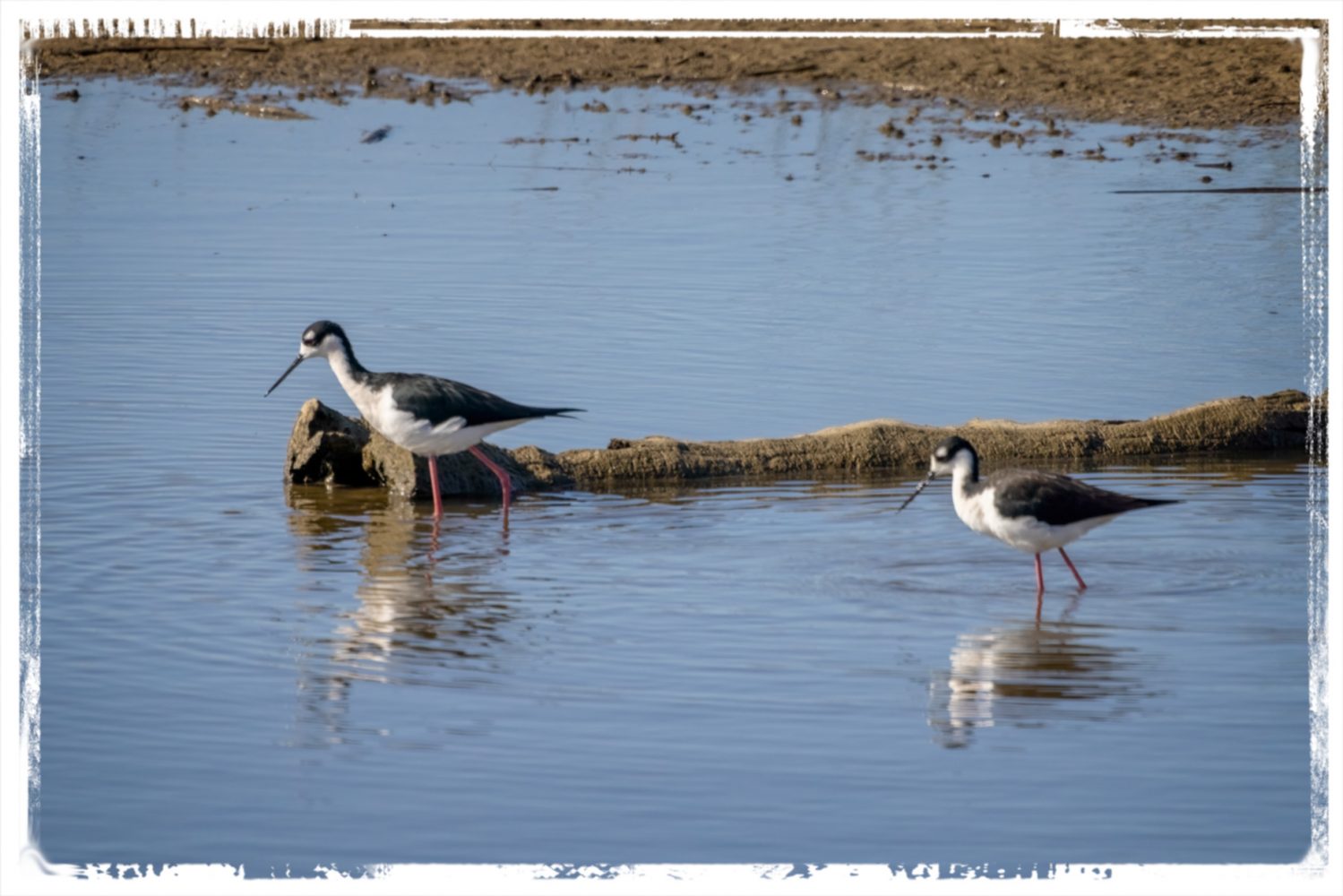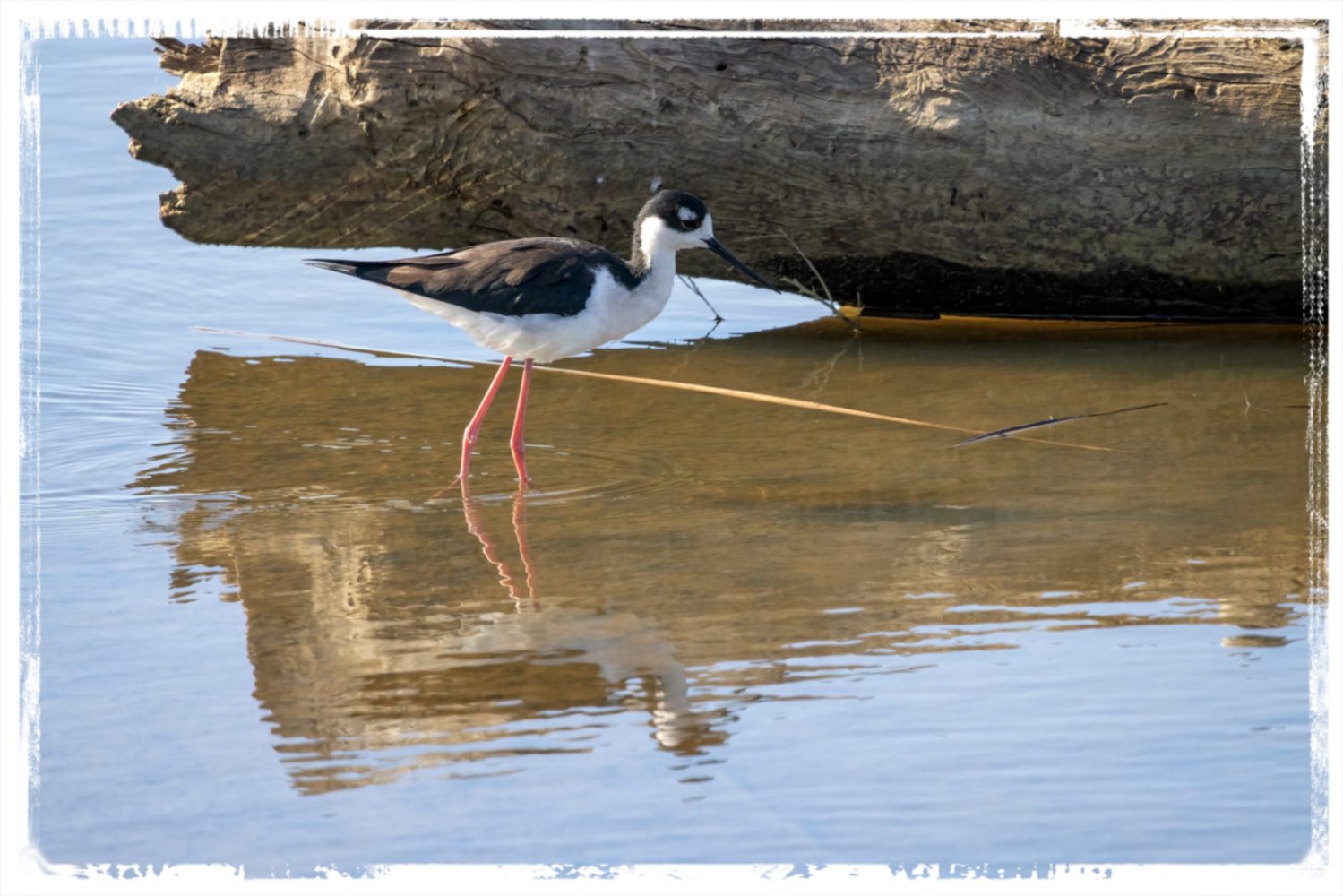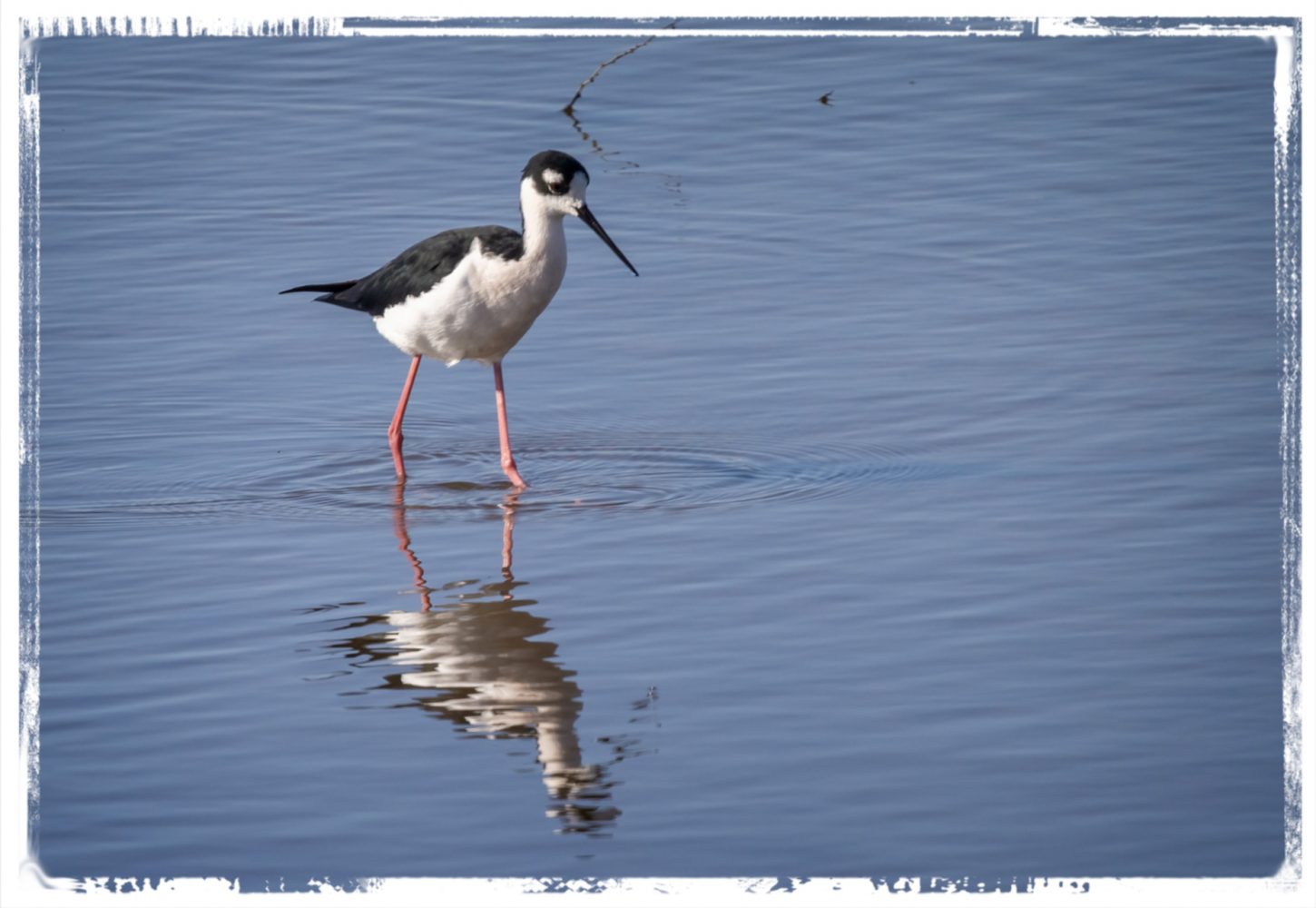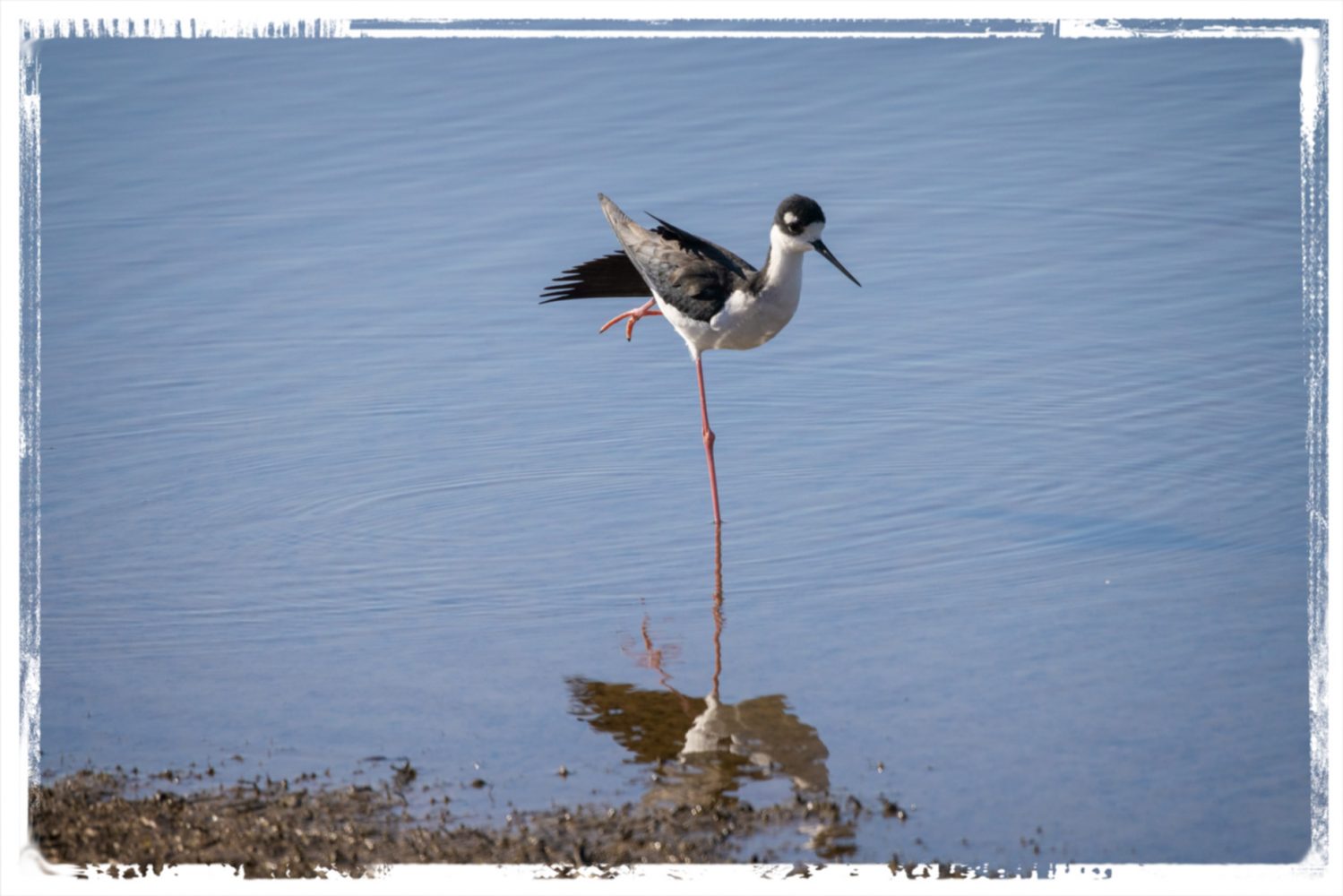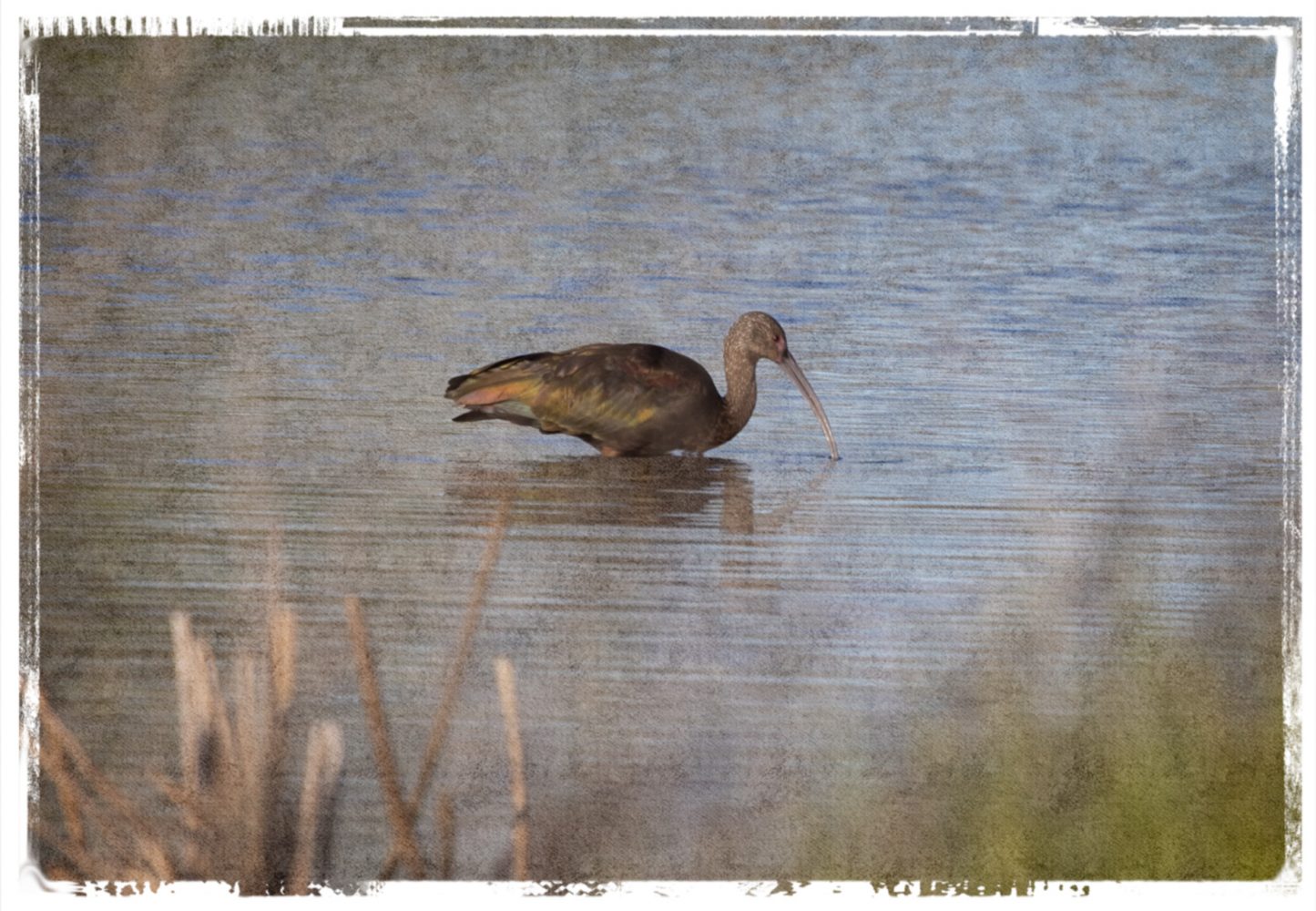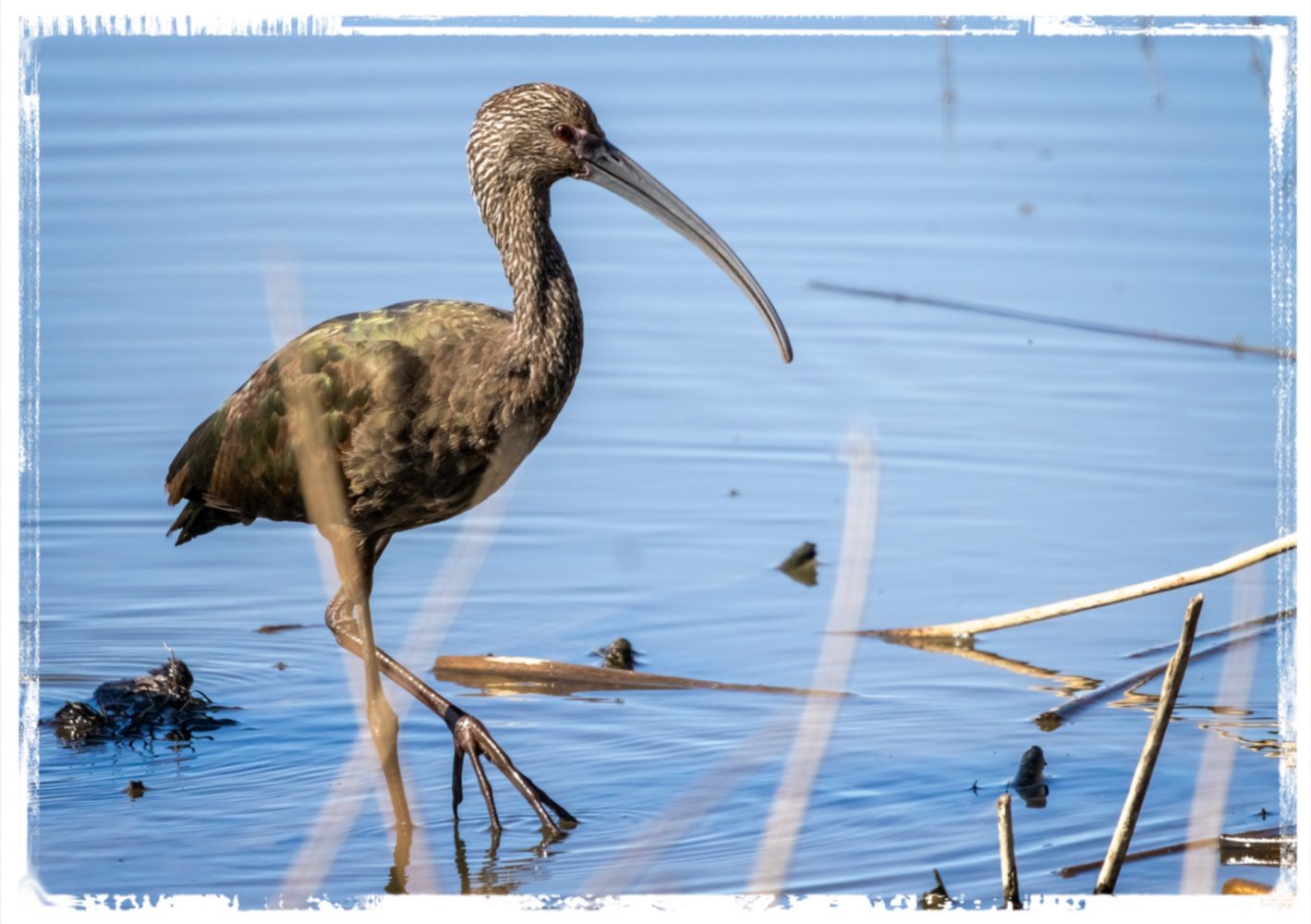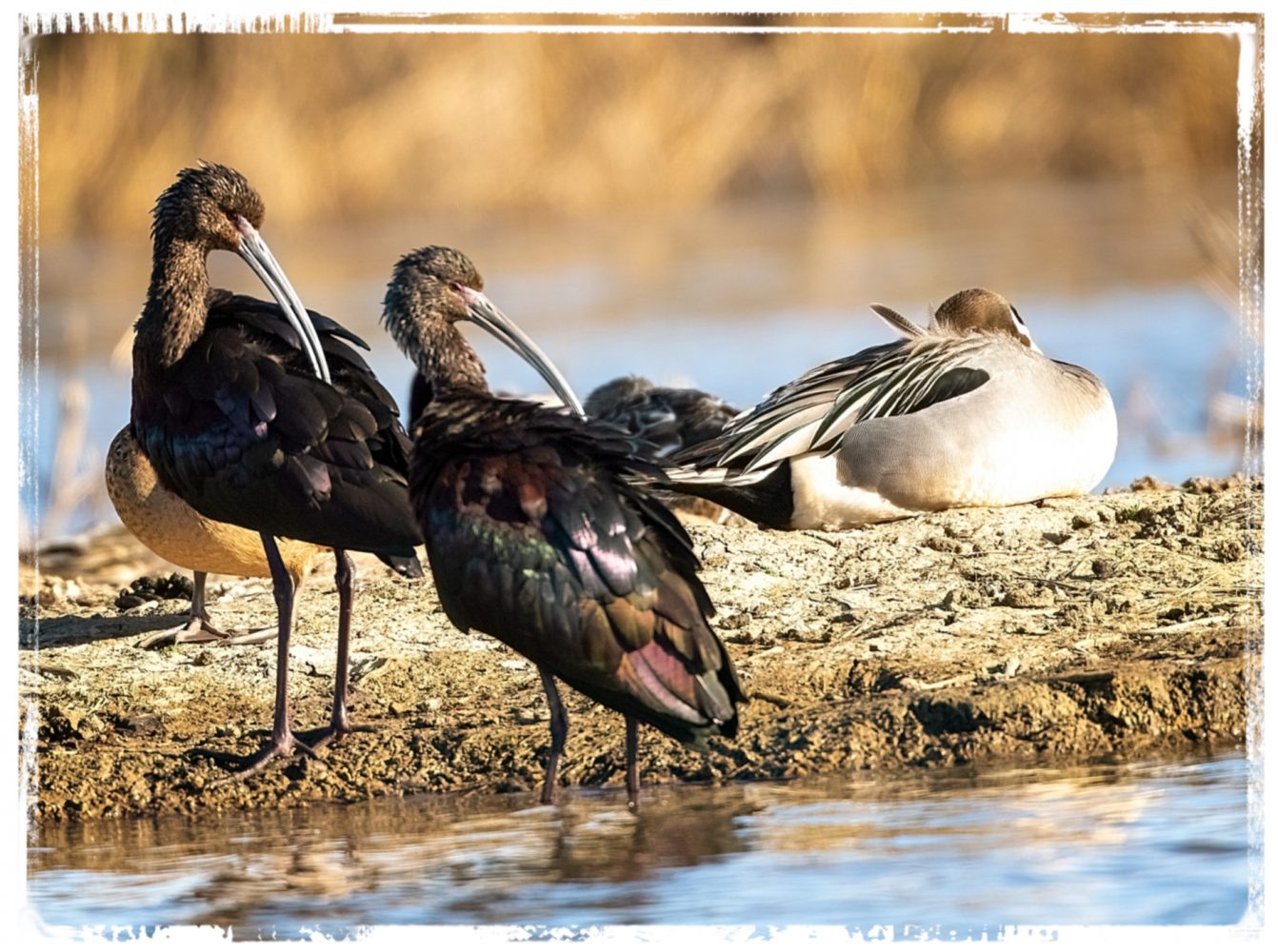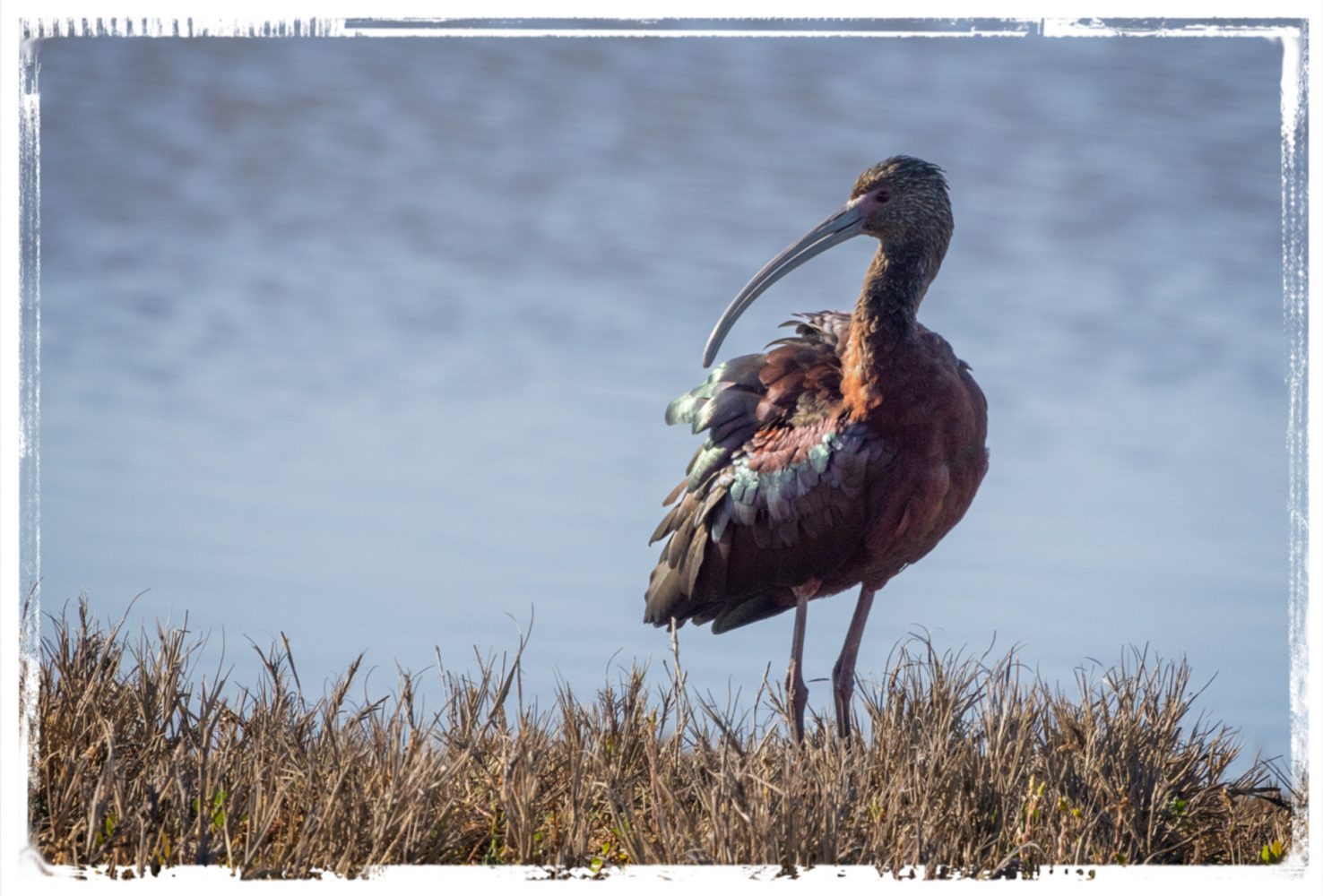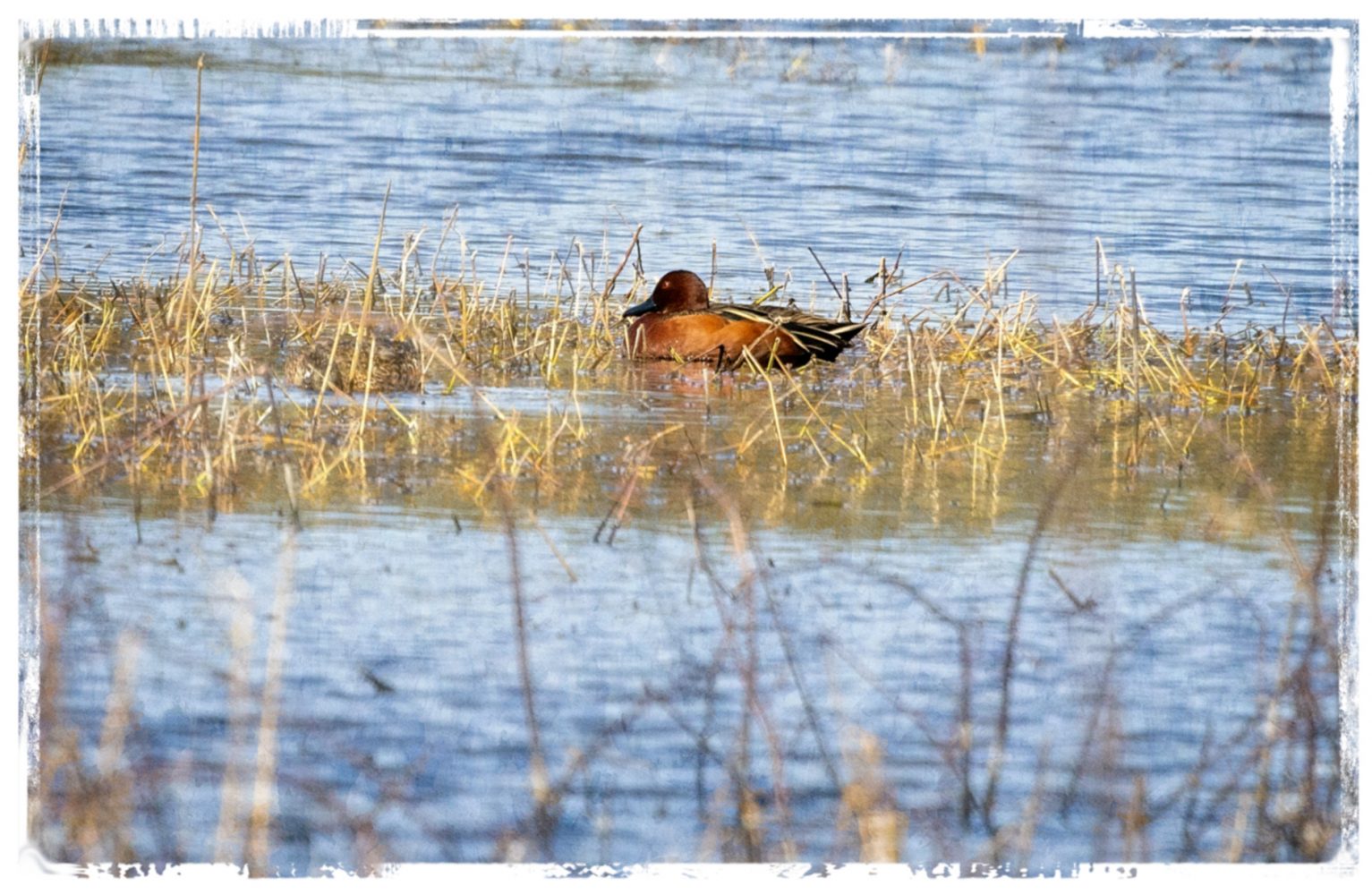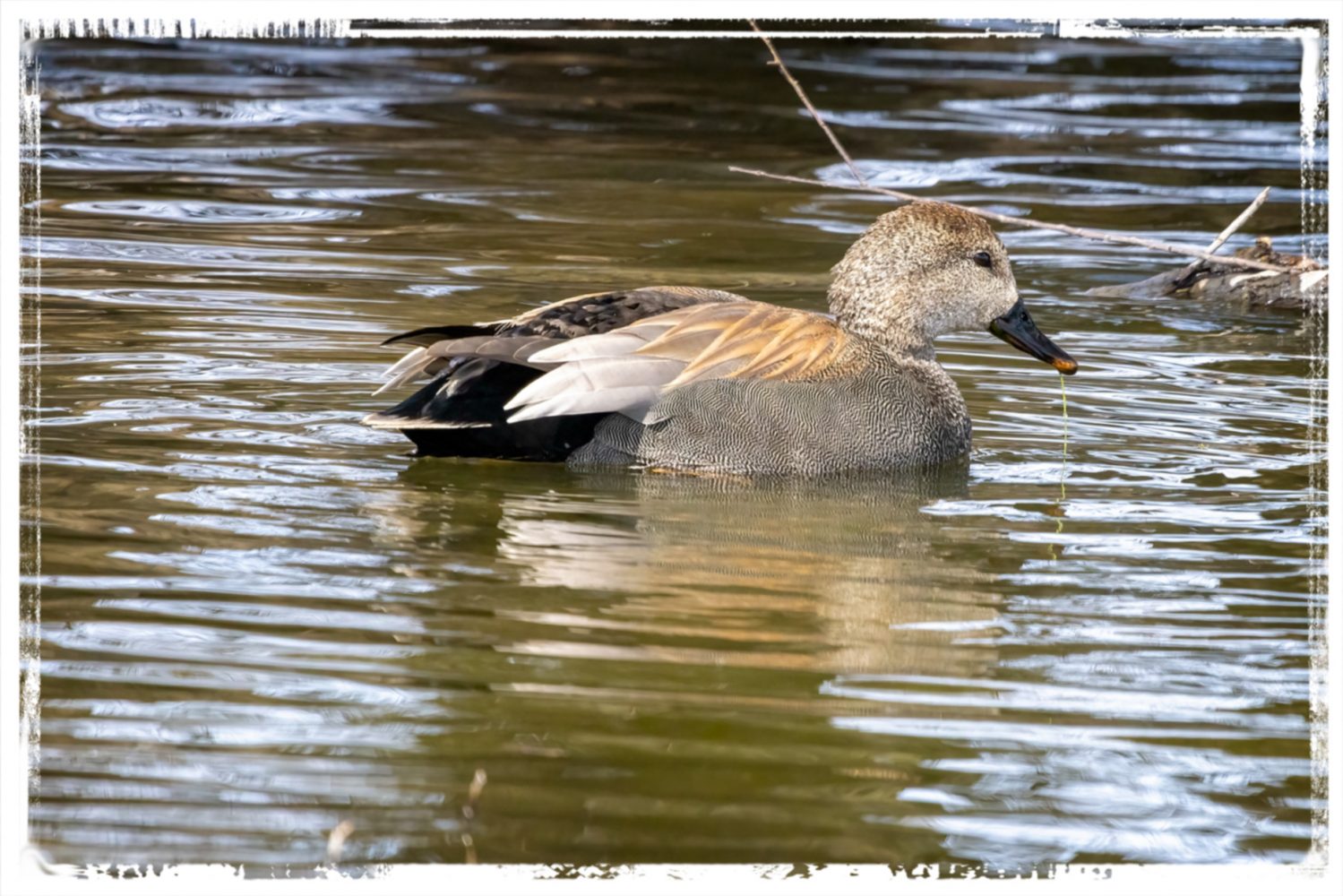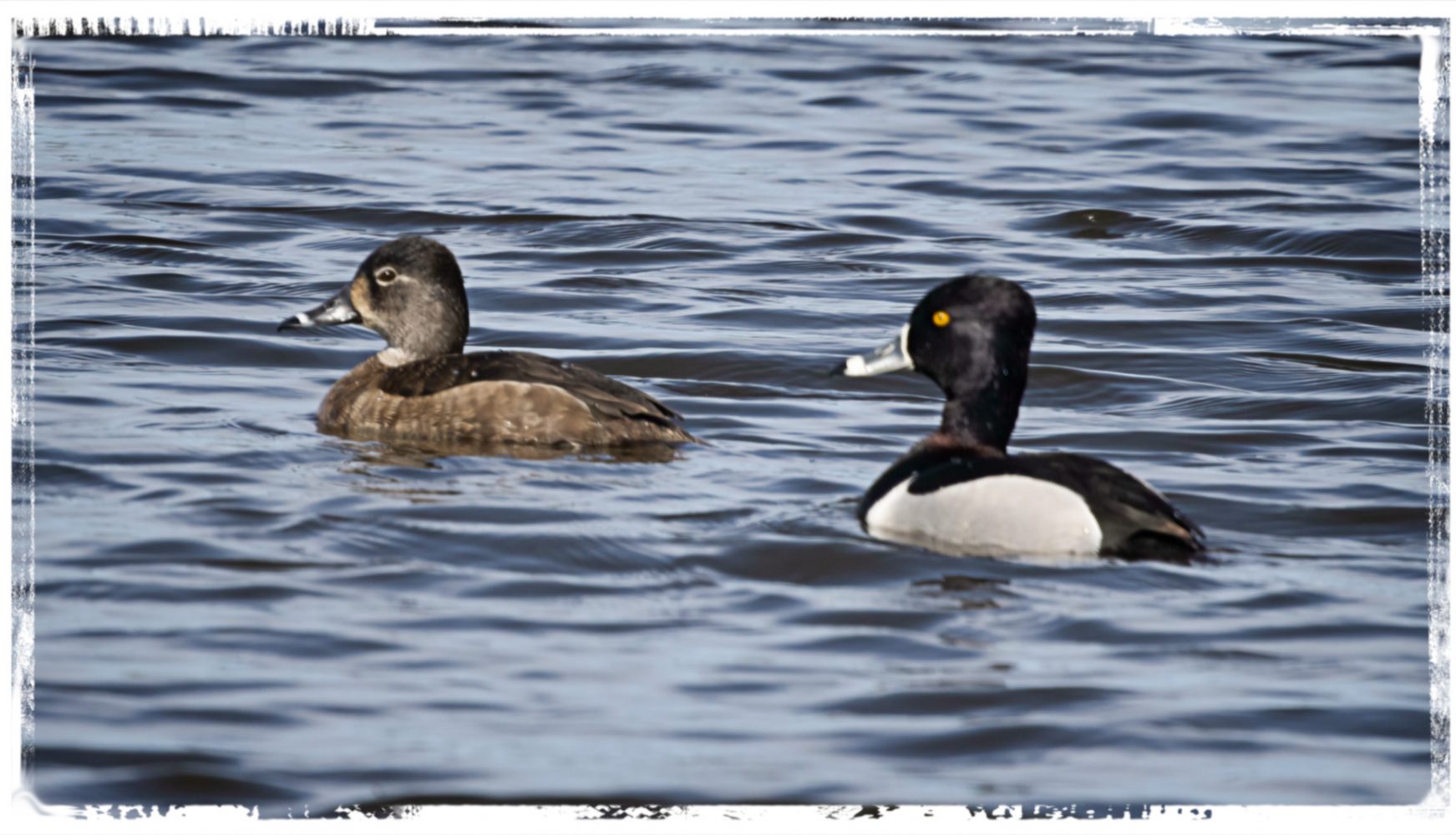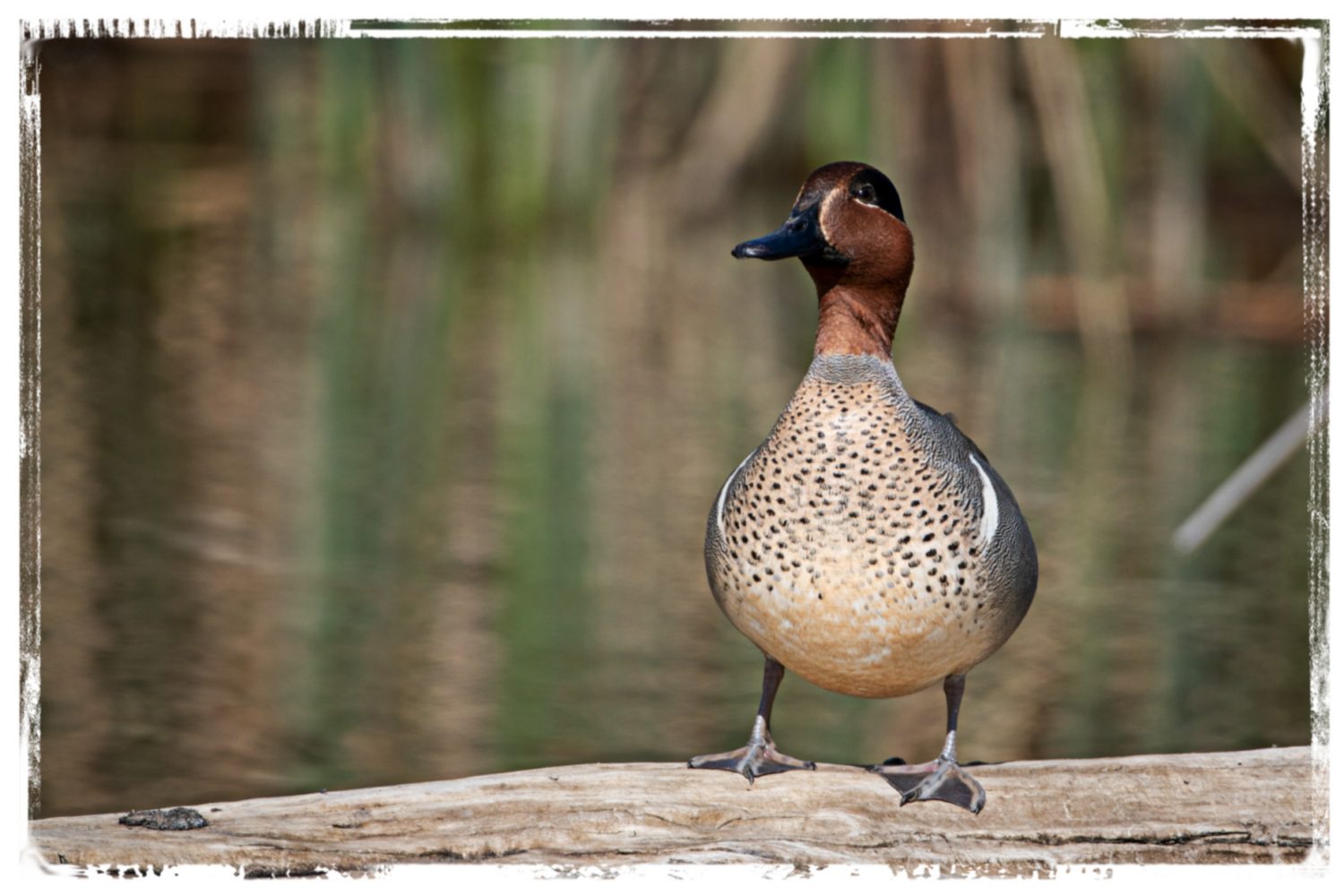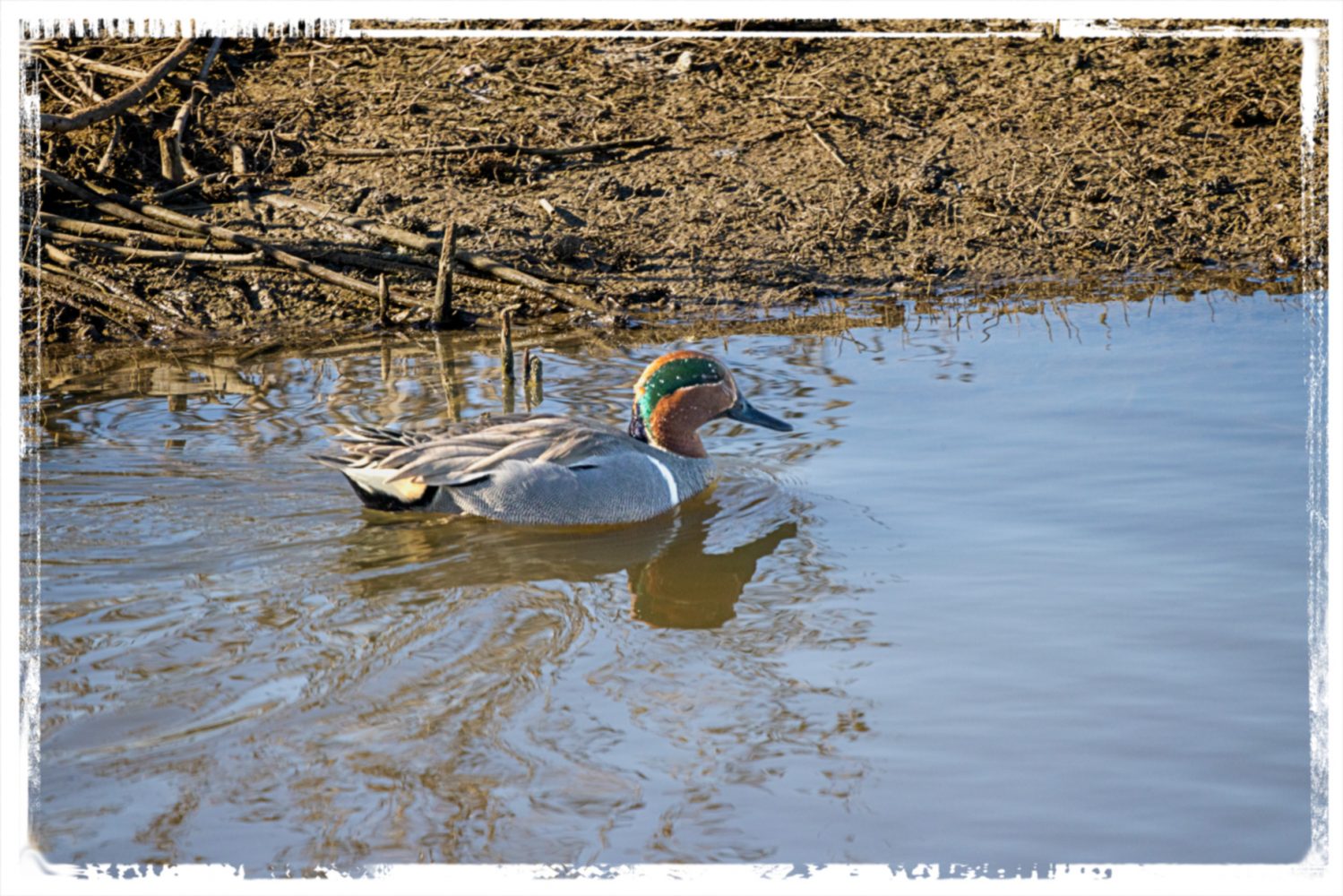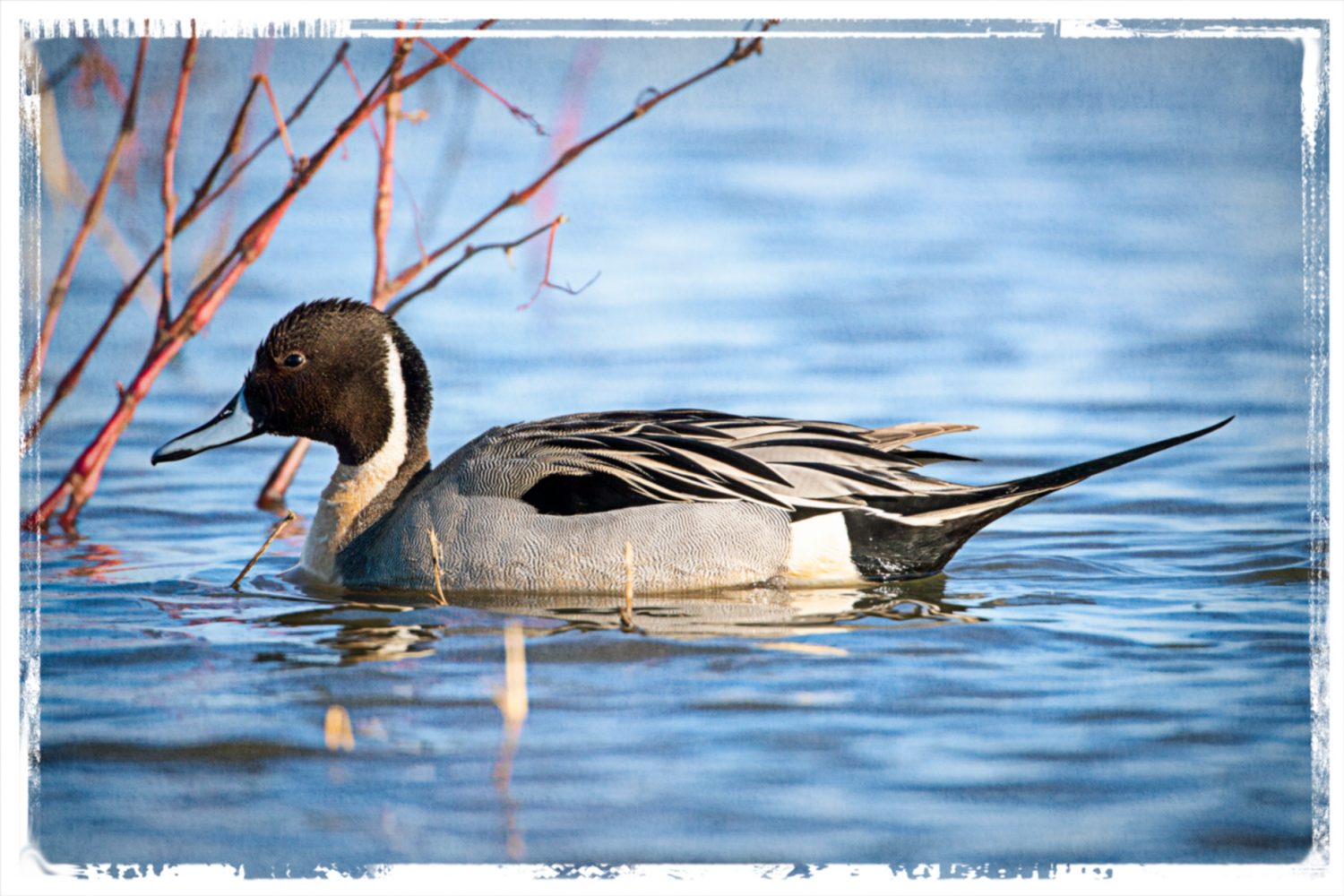We saw a lot of raptors on our visit to Sacramento and Colusa National Wildlife Refuges. Not surprisingly, the most common were the Red-tailed Hawks, like this one sitting on a power pole just outside the Colusa NWR that Leslie snapped.
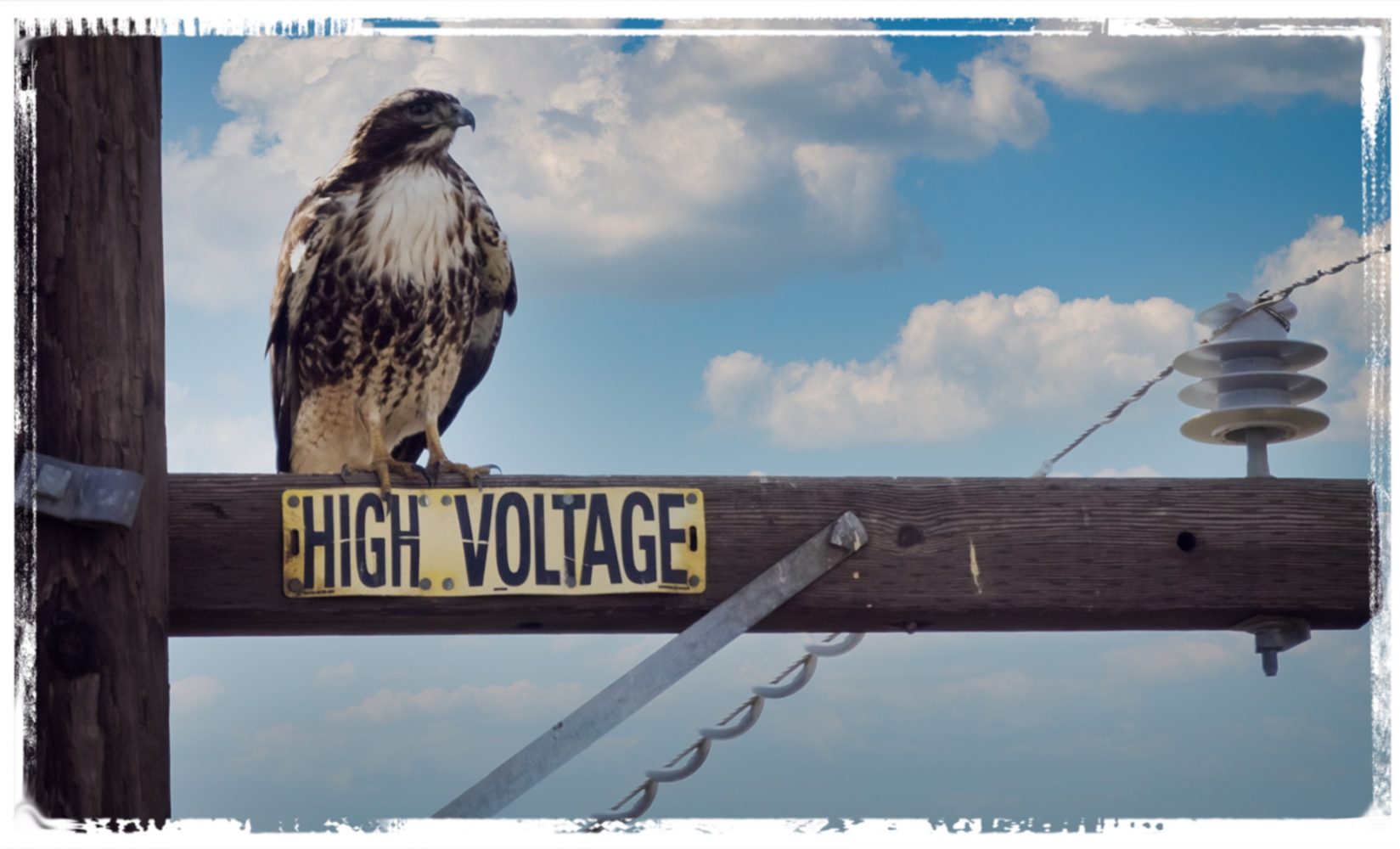
It’s not clear why the electric company found it necessary to post the warning since very few birds can actually read English, and even those that can seem determined to ignore warnings. Nevertheless, the sign made me wonder what kind of danger the hawk was exposing itself to. Apparently not too much because there was only a single line on that branch and a bird must touch two different lines simultaneously to be electrocuted.
Still, if I were a Red-Tailed hawk that could read, I would prefer the perch that this Red-tail chose.
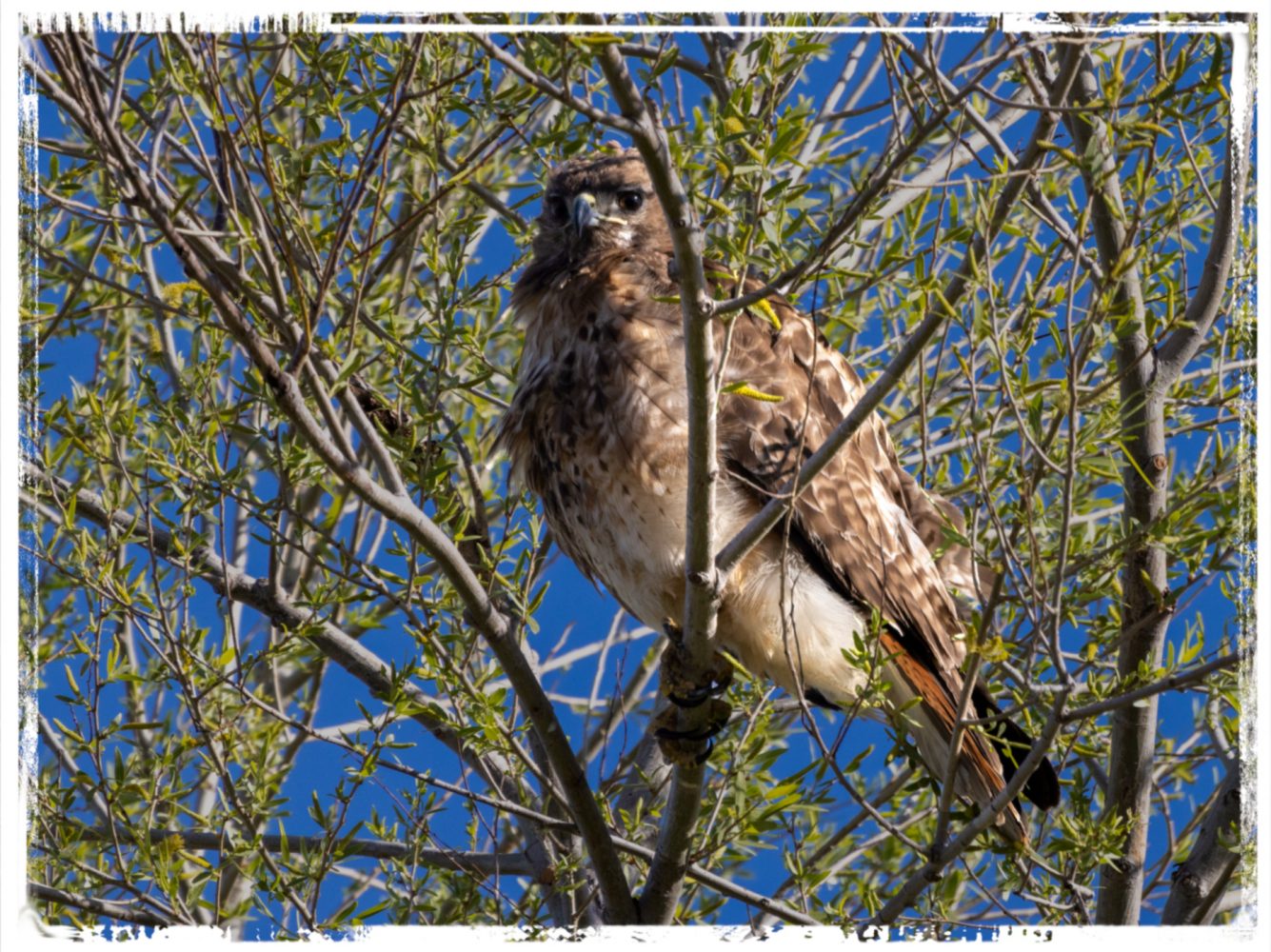
We actually saw a lot of Red-tails at the Sacramento NWR, and that me wonder what they feed on. From personal observations, I would have thought that rodents and snakes were their primary prey. I was surprised to learn that birds are actually an important part of their diet.
There seems to be some question about whether Vultures are raptors or not, but it’s convenient for me to place them here so I’m going to agree with those who argue that they are raptors. I assume a lot of birds die over the winter which provides a steady diet for them, but I wondered what they were eating this time of year when the harsh weather is over. I got a partial answer when I observed this Bald Eagle eating something on the ground while a vulture circled him on the ground. When the Eagle had apparently had its fill, the vulture quickly moved in and started eating. Judging from the number of white feathers we saw on the ground the vultures must have ample opportunity to feed on other birds’ kills.
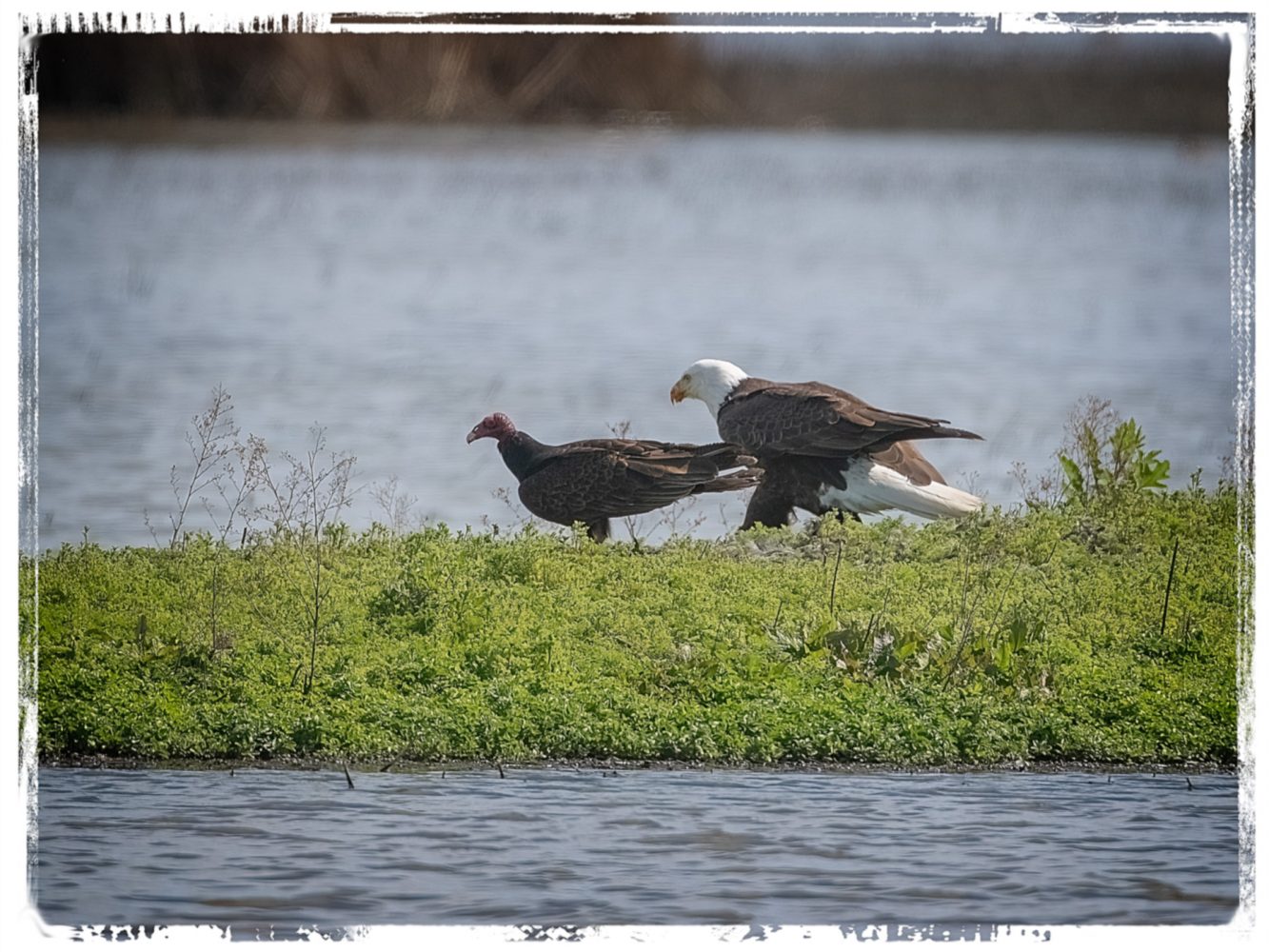
We also saw several Northern Harriers, mostly in the distance and moving too fast to capture, but this one circled right back toward us making it possible to keep in frame.
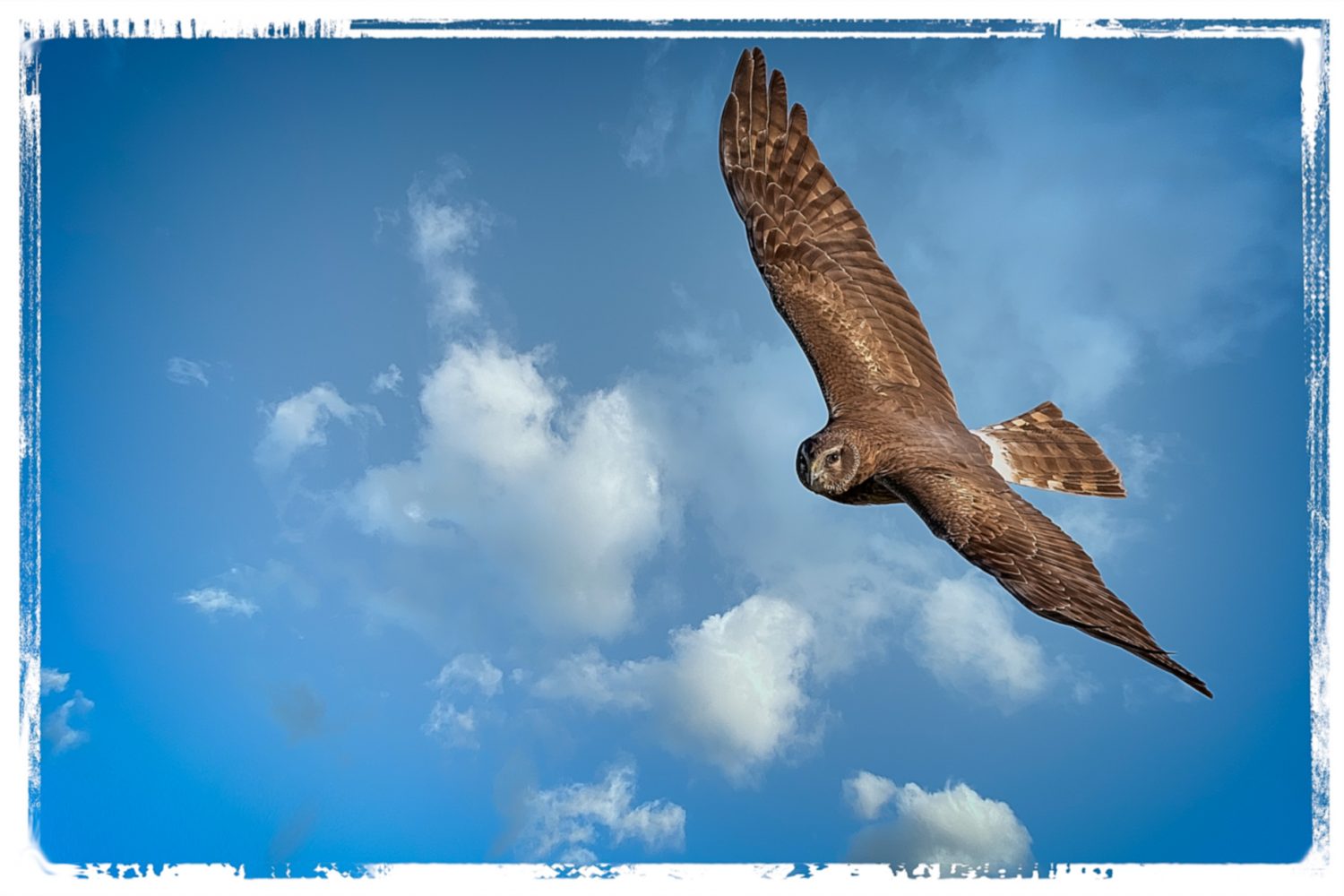
It was my favorite shot of the day.

